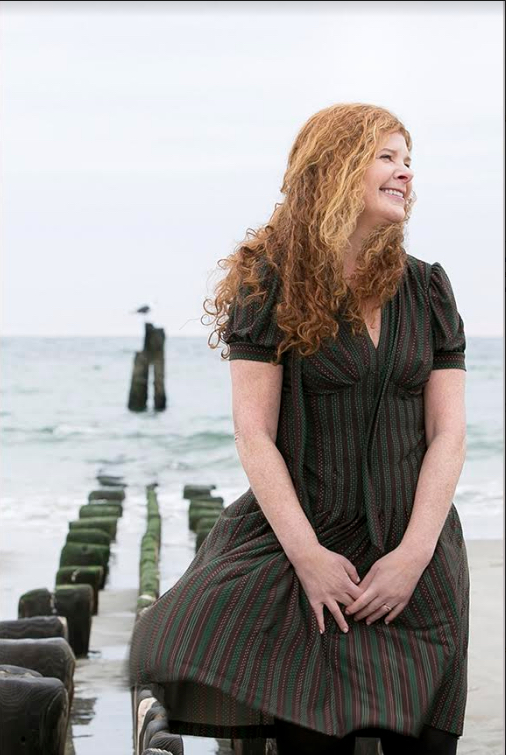Homecoming: Jill Eisenstadt ends long hiatus as novelist
Brooklyn BookBeat

Brooklyn-based author Jill Eisenstadt has released "Swell," her first novel in 26 years. She is also the author of "From Rockaway" and "Kiss Out." Beowulf Sheehan/Lee Boudreaux Books via AP
Before she could finally complete that third novel, Jill Eisenstadt had to break a self-imposed rule: no more books set in her native Queens.
Blame it in part on a Columbia University professor who told the author of “From Rockaway” and “Kiss Out” that she was the “voice of the outer boroughs” of Manhattan.

Brooklyn Boro
View MoreNew York City’s most populous borough, Brooklyn, is home to nearly 2.6 million residents. If Brooklyn were an independent city it would be the fourth largest city in the United States. While Brooklyn has become the epitome of ‘cool and hip’ in recent years, for those that were born here, raised families here and improved communities over the years, Brooklyn has never been ‘uncool’.